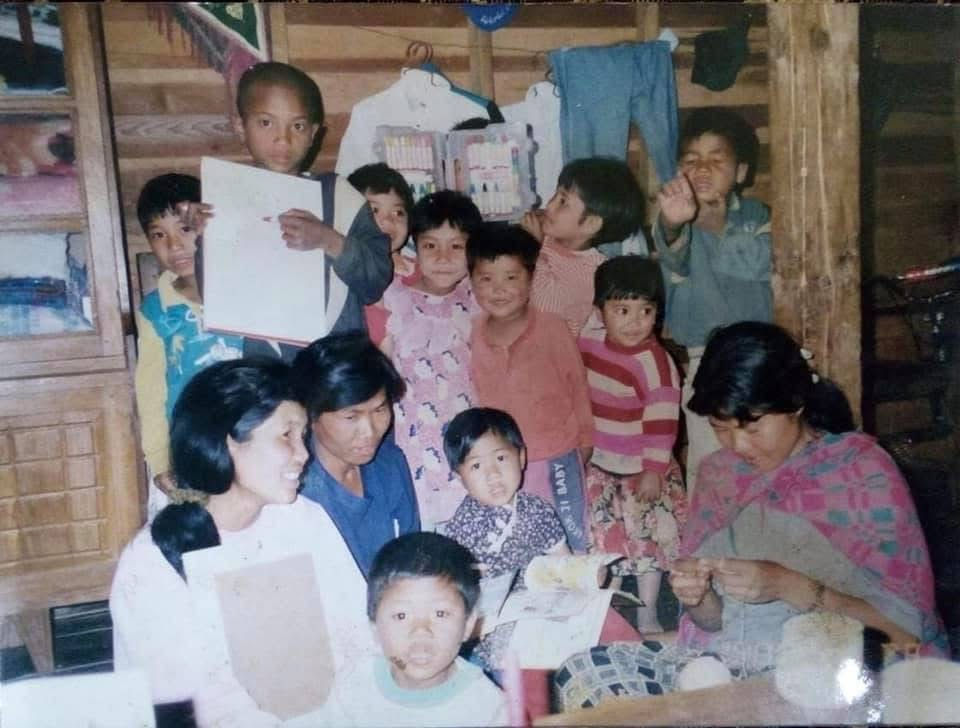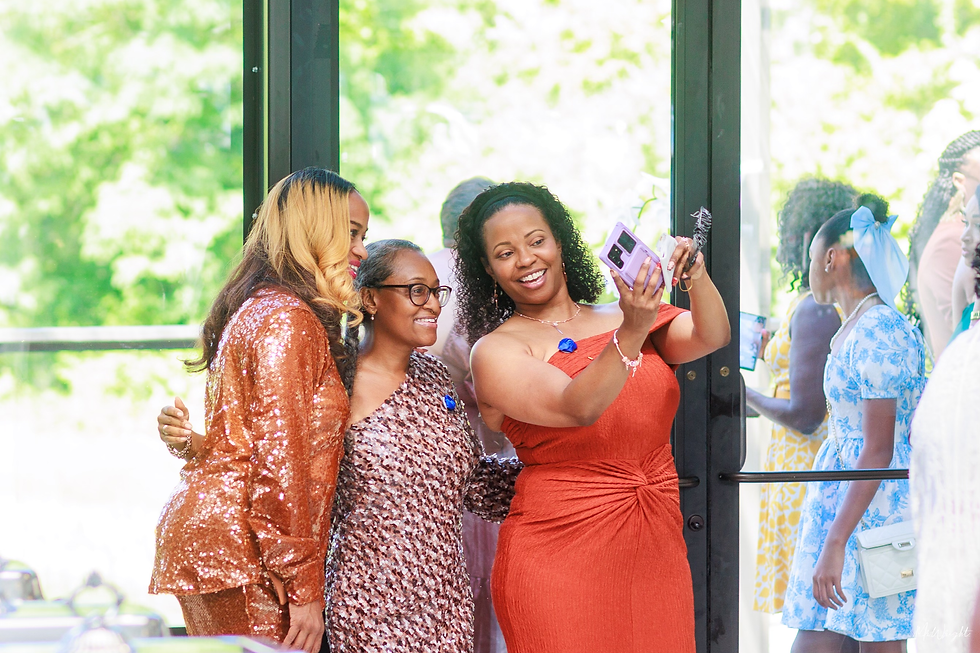Growing in Grief
- Beth Price

- Apr 15, 2022
- 4 min read
Updated: May 22, 2023
“He didn’t make it,” my husband said that July evening so long ago. I had stepped out of the waiting room at the ER for a moment, trying to catch my breath. When I came back, the doctor had arrived with news but couldn’t even muster the words to tell us or even look at us. He simply shook his lowered head. It was Steve who said it out loud: he didn’t make it. It’s twenty-two years later this summer, and I still sometimes can’t wrap my head around those words and all the ways hearing them have changed us.
An hour earlier, our youngest son had woken up from his nap and was doing one of his favorite toddler activities of enjoying a sticky, drippy popsicle out on the deck in our suburban backyard in full view of all of us through the windows and French doors. In a blink, though, we looked back and said, “Where’s Seth?” And just like that, the search that led us through our open service door through the open garage door and to our neighbor’s open swimming pool led us to the moment in the waiting room and those terrible four words.
For a long time after our son died, I thought I would never be happy again. Our close friends told us they couldn’t even recognize us for at least three years. We were going through the motions of daily living, trying desperately to care for our other two children and each other under a thick fog of grief. Meanwhile, I was busy gaining 40 pounds that first year trying to fill the cracks of my heart with high fructose corn syrup. Worse yet, it didn’t even work.
Many of us already had moments of loss or trauma that divided our lives into two categories of before and after.
Now we have all collectively lived through a global pandemic which has left us grieving and frayed at the edges. We may wonder if we can ever return to the happiness that we remember from the Before Times. How will we go on living? How will any of us ever be the same? Much to our family’s surprise after our loss of Seth, we did go on living, if haltingly and begrudgingly at first. In time, we found that we could even enjoy being alive again. But the truth is, we never will be the same.
Twenty years has shown me that grief never ends. If I live to be one hundred years old, a day will never come that I will sigh with relief and say, “I am done missing him now.” One of the strange things about when someone dies is how all the love we have for them suddenly has nowhere to go. I think about things like how Seth didn’t get to go to school or learn to ride a bike or drive a car or go to the prom or fall in love or hold his babies. On Seth’s 21st birthday, our family made a toast to his memory and to the man he would never become.
Those losses and our awareness of them are always, relentlessly with us.
Twenty years has shown me something else, though. I have learned that grief and joy are not mutually exclusive. Despite the sorrow I always carry with me, thank goodness I manage to find something to laugh about every day. My husband and I somehow held our broken family together, raised a wonderful son and daughter after they lost their brother and went on to have two more beautiful boys. The loss Steve and I share has only brought us closer together, committed more than most to protecting our bond and creating a safe and loving haven for our earthside children. Though I wished at times that it had, my life didn’t end when Seth died.
I still had much to learn and much to give.
Grief is a burden that is part of the human experience. We all endure heartache in many forms, and the resulting psychological injuries are often long-lasting. This is why it’s important to try and grow around our pain instead of expecting it to shrink. Many of us who are hurting will try to distract ourselves with shopping or drinking or eating or gambling or lovely things like volunteering and gardening. We may work very hard to create the illusion for ourselves and others that our lives haven’t fallen apart. But when our lives have in fact fallen apart, it turns out that nothing but grief itself will ease our suffering. At some point, I had to realize that my grief was a permanent condition and just make space for it. I had to name it and give it a seat at the table. It is what I have now instead of my son.

We are best helped when we go all the way into the deepest parts of it and inspect every crevice of our losses and disappointments. Just as the monster under the bed is robbed of its ability to terrify us once the lights are turned on, shining a light on our grief and allowing ourselves to feel deeply is far better than pretending those hurts aren’t there. We can only kid ourselves for so long. Besides, staring right into that monster’s eyes makes it way less scary and gives us some measure of power over it. The monster is not there to hurt us; it’s there to help if we can only bear to look at it.
It’s true that time can make our pain feel less sharp, but it doesn’t necessarily feel smaller. Instead, maybe we have to grow bigger. Stronger. More resilient. More loving. More forgiving. More determined than ever to smooth the path for another, to dig deep for the best in ourselves and to see the best in others. We humans have a tremendous capacity for healing. May we reach to find the strength to sustain all this life has for us and the will to search for the ways even the worst situations can help us to grow.
Kate Frazee photographed by MORE staff with special thanks to the YMCA at the Athenaeum, Indianapolis for hosting the set. Article written by Beth Price.















Comments